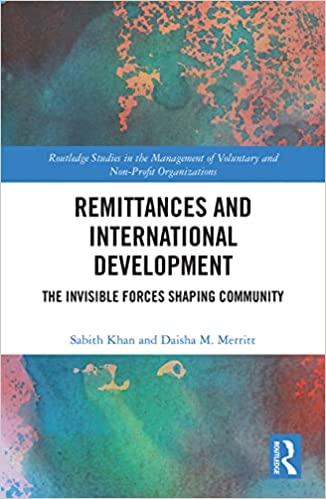Question
1.Why do we use market-based weights instead of book-value based weights when computing the WACC? 2.JaiLai Co's stock has a beta of 1.10, the current
1.Why do we use market-based weights instead of book-value based weights when computing the WACC?
2.JaiLai Co's stock has a beta of 1.10, the current risk-free rate is 5.75 percent, and the expected return on the market is 14 percent. What is JaiLai's cost of equity?
3.KatyDid Clothes has a $175 million (face value) 30-year bond issue selling for 102.5 percent of par that carries a coupon rate of 9.50 percent, paid semiannually. What would KatyDid's before-tax component cost of debt?
4.ILK has preferred stock selling for 97 percent of par that pays an 8 percent annual coupon. What would be ILK's component cost of preferred stock?
5.OMG Inc. has 4 million shares of common stock outstanding, 3 million shares of preferred stock outstanding, and 5,000 bonds. If the common shares are selling for $19 per share, the preferred shares are selling for $23 per share, and the bonds are selling for 104 percent of par, what would be the weight used for equity, debt and preferred stock in the computation of OMG's WACC?
6.TAFKAP Industries has 3 million shares of stock outstanding selling at $17 per share and an issue of $20 million in 7.50 percent, annual coupon bonds with a maturity of 15 years, selling at 106 percent of par. If TAFKAP's weighted average tax rate is 34 percent and its cost of equity is 14.50 percent, what is TAFKAP's WACC?
Step by Step Solution
There are 3 Steps involved in it
Step: 1

Get Instant Access to Expert-Tailored Solutions
See step-by-step solutions with expert insights and AI powered tools for academic success
Step: 2

Step: 3

Ace Your Homework with AI
Get the answers you need in no time with our AI-driven, step-by-step assistance
Get Started


